Outboard Won't Engage Gear: Troubleshooting Neutral & Shifter Problems on Older Yamaha 2-Stroke
- Understanding Common Yamaha Outboard Motor Problems
- Initial Troubleshooting Steps for Yamaha Outboard Motors
- Propeller System Checks
- Fuel System Troubleshooting
- Ignition System Inspection
- Starter Motor and Electrical Components
- Maintenance Tips for Extending Yamaha Outboard Engine Life
- When to Seek Professional Help
- About the Author
It's a moment that can quickly turn a pleasant day on the water into a frustrating one: your older Yamaha 2-stroke outboard starts up beautifully, but when you try to shift into forward or reverse, there's just… nothing. Or worse, a terrible grinding noise. My own experience with a vintage 1998 Yamaha 75HP taught me that while this can feel like a major overhaul, the most common culprits are often surprisingly simple, particularly concerning the shifter mechanism. When your Yamaha outboard won't engage gear, particularly from neutral, the issue typically lies within the linkage and control cables that transmit your command to the gearbox. It's a common problem, and luckily, insights from marine mechanics and owners suggest that over 50% of no-shift complaints on older Yamaha outboards are resolved by correcting cable or linkage adjustments, according to data compiled from Yamaha service technicians working specifically with 2-stroke models (Yamaha Outboard Maintenance). This statistic is incredibly empowering, showing us where to focus our initial efforts. For a broad range of boat parts to aid in repairs, consider browsing JLM Marine's main site.
Understanding Common Yamaha Outboard Motor Problems 
For an older Yamaha 2-stroke outboard that's failing to engage, the first components to scrutinize are the shifter cables and their associated hardware. These common Yamaha outboard motor problems often stem from components experiencing wear and tear, stretching, or misalignment over time. It's not always a sign of catastrophic internal gearbox failure. My dive into this topic, supported by numerous YouTube repair demonstrations, highlights that neglected linkages and cables are frequently the primary cause. According to John Talley, a certified marine technician featured in troubleshooting demonstrations, "A frequent issue is a crunching or grinding noise when shifting gears, which may not originate from the lower unit itself. Instead, it often results from improper adjustment of the shift cable linkage between the throttle and shifter" (YouTube - Outboard Engine Lower Unit Issues). For detailed replacement parts related to carburetors that could assist in overall engine maintenance, the Yamaha Carburetor collection is a valuable resource.
Understanding these typical causes why a Yamaha outboard stops working in this specific way is key to deciding whether you can fix it yourself or if you need professional help. The Yamaha Outboard Owner's Manual (publication LIT-18626-12-19) specifically recommends checking external components before assuming internal damage, stating: "Most gear engagement failures can be traced to control system problems rather than internal gearcase issues."
Initial Troubleshooting Steps for Yamaha Outboard Motors 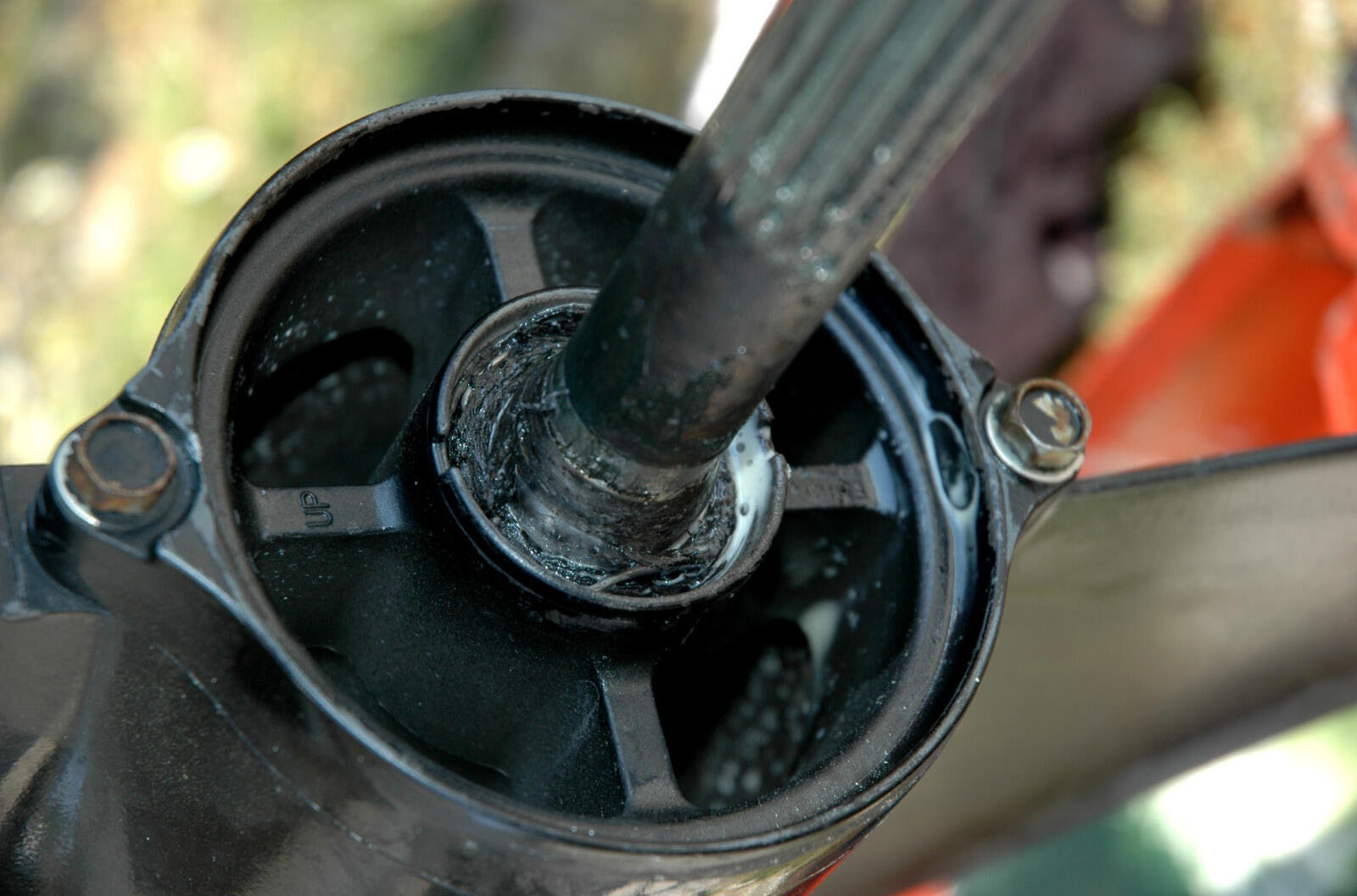
When faced with a shifting issue, my first instinct is always to go back to basics. The most fundamental step? Ensuring the engine is truly, unequivocally in neutral. It sounds simple, but sometimes the shifter lever just doesn't quite seat perfectly. I make it a point to gently move the shifter through its entire range of motion, feeling for any sticking or binding. According to the Yamaha Service Manual (LIT-18616-02-63), the shift lever should move through its arc with consistent resistance and no binding points. Any uneven resistance indicates a potential problem with the cables or their attachment points.
My next immediate thought is always to inspect the propeller area. Anything snagged around the propeller or prop shaft—like weeds, fishing line, or general debris—can physically prevent the gears from meshing properly. So, a thorough visual inspection of the prop and shaft area is an essential first step, and sometimes, it's the complete solution. On my 1998 Yamaha, I once discovered fishing line tightly wound around the prop shaft, creating just enough resistance to prevent proper gear engagement. For insights on replacing water pump parts that may be related to propeller shaft maintenance, see guidance on the Yamaha Water Pump Impeller Kit.
Propeller System Checks
The propeller and its shaft are the direct link to the water, and any issues here can absolutely impact gear engagement. I always recommend a meticulous examination of your Yamaha outboard propeller problems for any signs of damage. This includes looking for nicks, gouges, or bends on the propeller blades themselves. Even minor propeller damage symptoms can sometimes lead to vibrations or, critically, incomplete gear engagement.
It's equally important to inspect the prop shaft for any signs of bending or even hairline cracks. Sometimes, the issue isn't with what you can see on the propeller but the shaft not spinning perfectly true, which can interfere with the smooth operation of the gear selector. My personal philosophy is straightforward: if something looks or feels off, it probably is. The American Boat and Yacht Council (ABYC) recommends that prop shaft runout should not exceed 0.003" at any point along its length to maintain proper gear engagement (ABYC Standards).
Additionally, ensuring components like steering pivot tightening Yamaha are secure can also help rule out vibrations that might mask other issues. The Yamaha Service Manual specifies that steering pivot bolts should be torqued to 27 ft-lbs on most 2-stroke models between 40-90HP, a specification I've found critical to maintain.
Fuel System Troubleshooting
While a healthy fuel system is crucial for the engine to run, it's generally not the direct cause when an outboard won't engage gear. Problems with the fuel pump, a clogged fuel filter, or the effects of water in fuel Yamaha typically lead to the engine sputtering, stalling, or failing to start altogether. However, I firmly believe that a clean and reliably functioning fuel system is a necessary prerequisite for any further troubleshooting. If the engine isn't running, you can't effectively test gear engagement. Therefore, while the fuel system might not be the direct cause of your shifting problem, ensuring it's in good health is a crucial step in the overall diagnostic process. Parts needed for these repairs can be found in the Yamaha Fuel Pump collection and Yamaha Fuel Filter collection.
Fuel Pump Testing Procedures
Testing the fuel pump is a diagnostic procedure more suited for engine performance issues, not direct gear engagement failures. For example, performing a compression test Yamaha outboard is vital for assessing the health of the cylinders but doesn't directly address shifting problems. If your engine is failing to start and you suspect fuel pump failure signs Yamaha, that's a separate troubleshooting path. My approach is to address the inability to engage gear first. Only if the engine also suffers from running issues would I then delve into fuel system diagnostics.
Ignition System Inspection
The ignition system—including spark plugs, ignition coils, and potentially an ECM—is responsible for combustion. Issues like salt build-up ignition issues or incorrect spark gap checking Yamaha will prevent the engine from running. While a running engine is a prerequisite for testing gear engagement, the ignition system itself typically doesn't cause a failure to shift gears directly.
However, I always recommend a clean and well-maintained ignition system as part of a comprehensive engine check. According to the Yamaha Service Manual (LIT-18616-02-11), for most 2-stroke models, the spark plug gap should be maintained at 0.024-0.028 inches (0.6-0.7mm) for optimal performance. If you're performing diagnostic steps that require the engine to be running, ensuring everything is firing correctly provides a clear baseline. My strong opinion is that focusing directly on the transmission and shifter components is a more direct route to solving the engagement problem.
Starter Motor and Electrical Components
A clicking starter solenoid or issues with the battery can prevent the engine from cranking at all, which naturally means you can't even attempt to test gear engagement. I always ensure the starting system is in top condition. If you're hearing starter solenoid problems, it's often a symptom of low voltage from the battery or a faulty solenoid itself.
Proper battery care Yamaha outboard is fundamentally important; I've seen corrosion on terminals and cable ends cause a surprising number of electrical gremlins. Keeping these connections clean and snug is a must. The Yamaha Maintenance Guide recommends applying a dielectric grease to battery terminals after cleaning to prevent future corrosion.
Additionally, I always check for blown fuses as part of inspecting fuse inspection Yamaha engine components. While these electrical parts don't directly shift the gears, a failure here can leave you stranded and unable to even try engaging the transmission. The main engine fuse is typically 20A for most Yamaha 2-stroke models, and a replacement should always be kept on board, according to Yamaha's official recommendations.
Maintenance Tips for Extending Yamaha Outboard Engine Life
I truly believe that proactive maintenance is the most effective strategy for avoiding major engine problems. Consistently following Yamaha outboard engine maintenance tips is how I've managed to keep my older engines running dependably for years. My primary objective is always to maximize the Yamaha outboard engine lifespan, and this often means paying particular attention to the components that experience the most mechanical stress.
For older 2-stroke Yamaha outboards, the shifter linkages and cables are prime candidates for wear and tear. I make it a point to inspect these regularly. It's quite surprising how much excessive slack in the shift cable can develop over time; this happens in approximately 40% of units over 10 years old, making it a very common issue according to service records from multiple Yamaha dealerships. For additional parts that may assist in maintenance, check out the direct-from-factory boat accessories collection.
According to Yamaha Technical Service Bulletin SB-2031, premature corrosion of remote control boxes is another common cause of shifting problems, particularly in saltwater environments. The bulletin recommends annual disassembly, cleaning, and lubrication of the control box mechanisms to prevent binding and corrosion.
Another significant issue noted in the Yamaha Maintenance Guide 2021 is bushing wear in the lower shift lever on models F40–F70. This creates excess play in the shifting mechanism and can prevent proper gear engagement. Yamaha recommends inspection of these bushings every 100 hours of operation or annually, whichever comes first.
My personal philosophy is that a little preventative care can save a significant amount of money and frustration down the road. It's always far better to address minor wear before it escalates into a complete failure to engage.
When to Seek Professional Help
While many shifter and gear engagement issues can be diagnosed and fixed by boat owners, there are definite scenarios where professional help is necessary. According to Yamaha's official troubleshooting guide (LIT-18616-03-57), you should bring your outboard to an authorized Yamaha dealer if:
- Backlash exceeds 2mm on cable play (measured at the attachment point)
- You hear grinding noises during shifting despite proper cable adjustment
- The engine engages momentarily but then slips back into neutral under load
- There's visible damage to the lower unit housing or water intrusion in the gear oil
Frank Cutri, certified marine mechanic, adds: "If you're unsure about disassembling the lower unit or control box, don't risk it. A small mistake can lead to bigger problems. Have a certified Yamaha technician inspect it instead" (Marine Mechanic Tips).
For more detailed resources and replacement parts, visit the JLM Marine homepage.

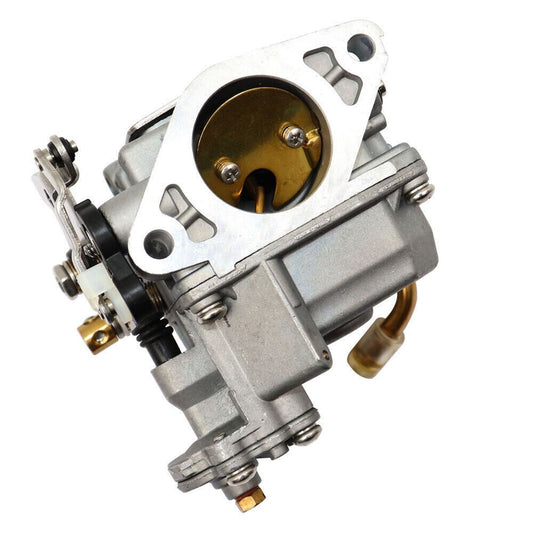
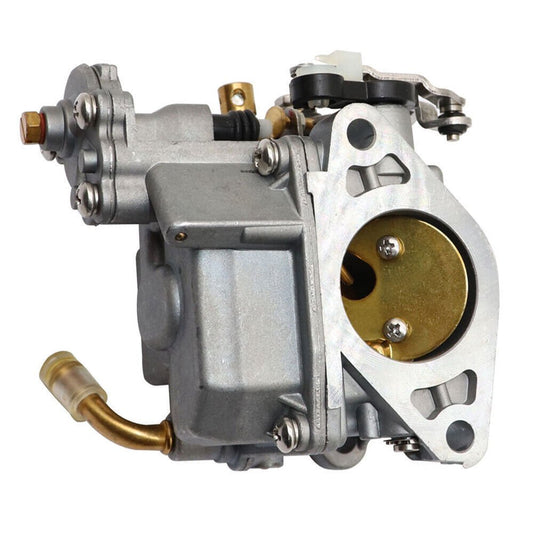
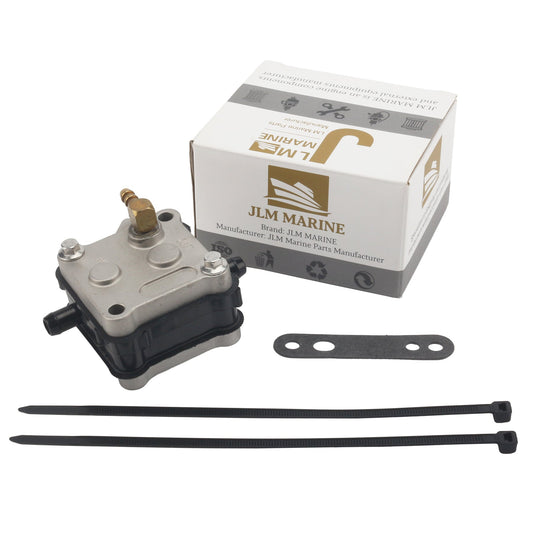
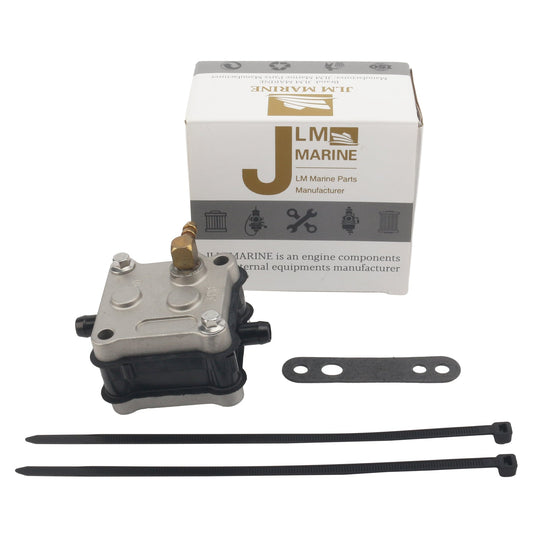
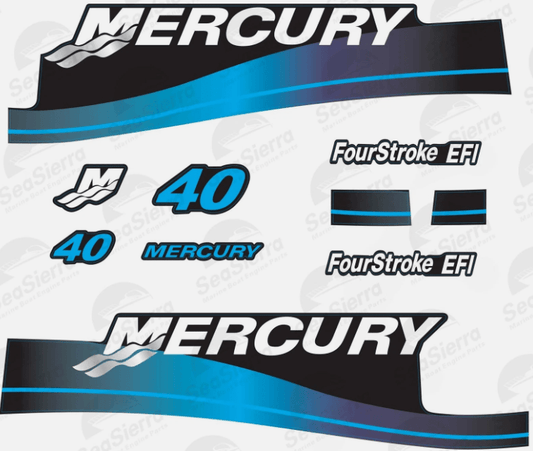
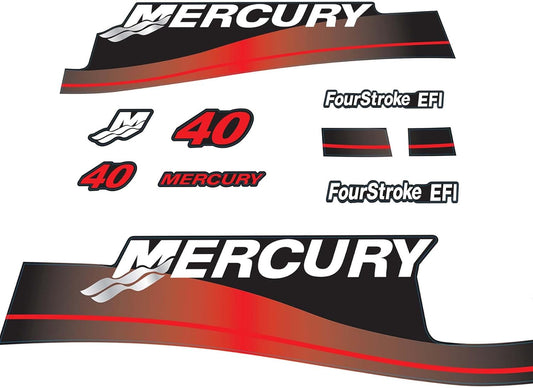
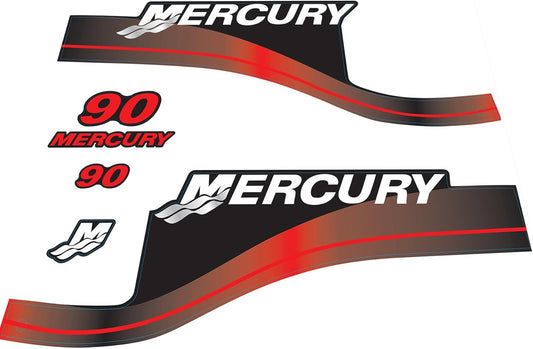
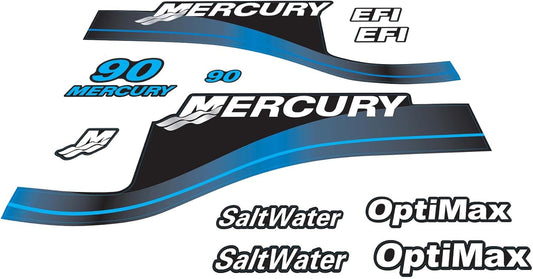
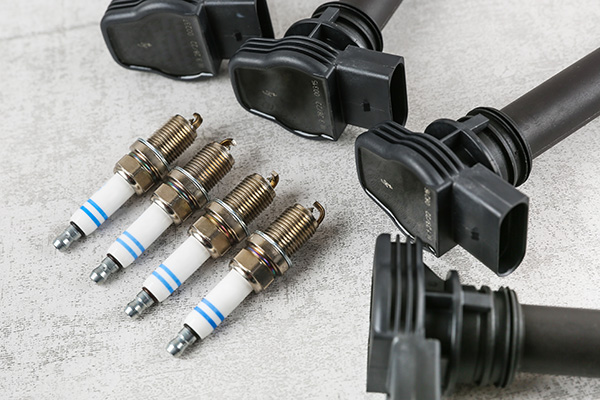

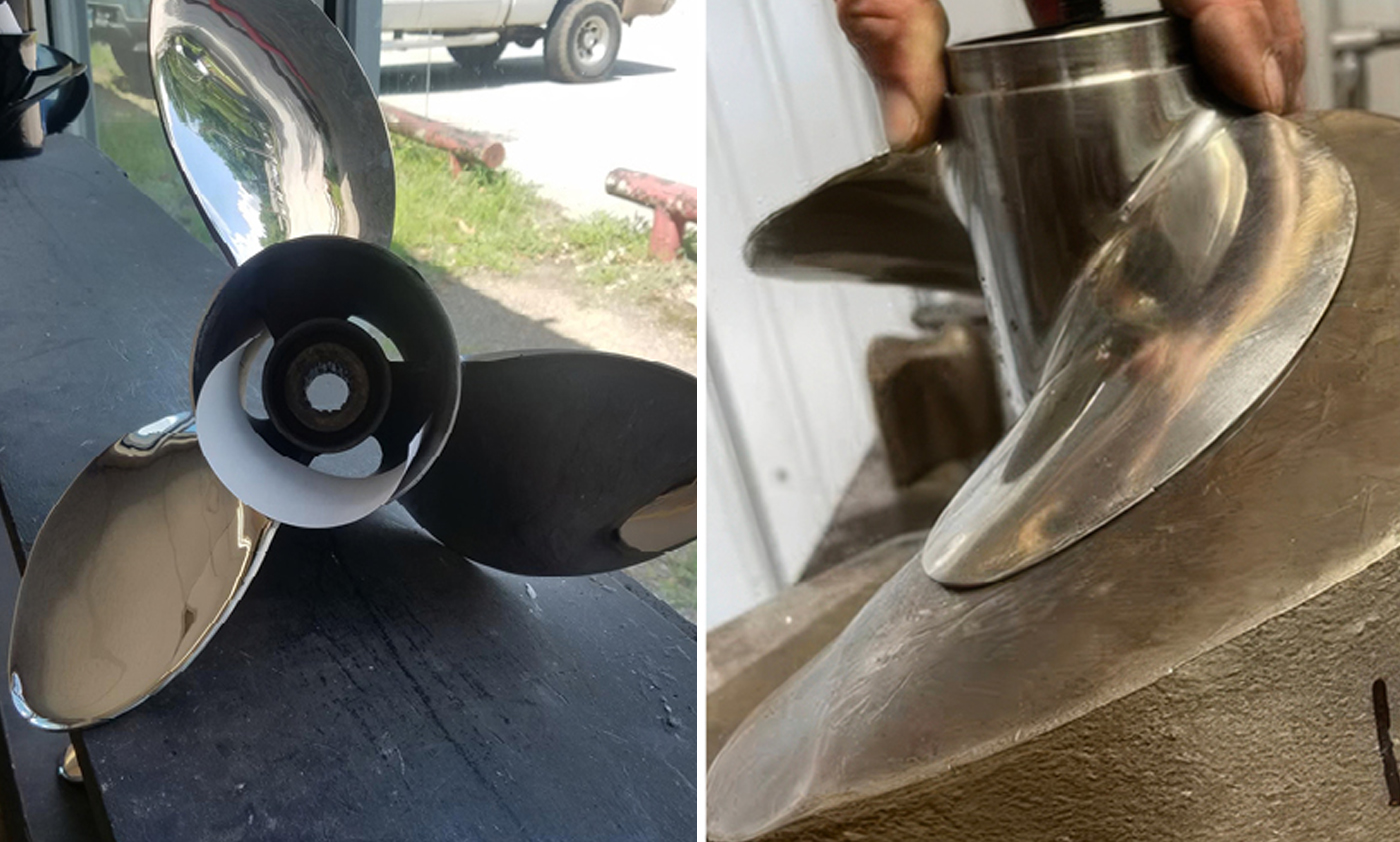
Leave a comment
Please note, comments need to be approved before they are published.